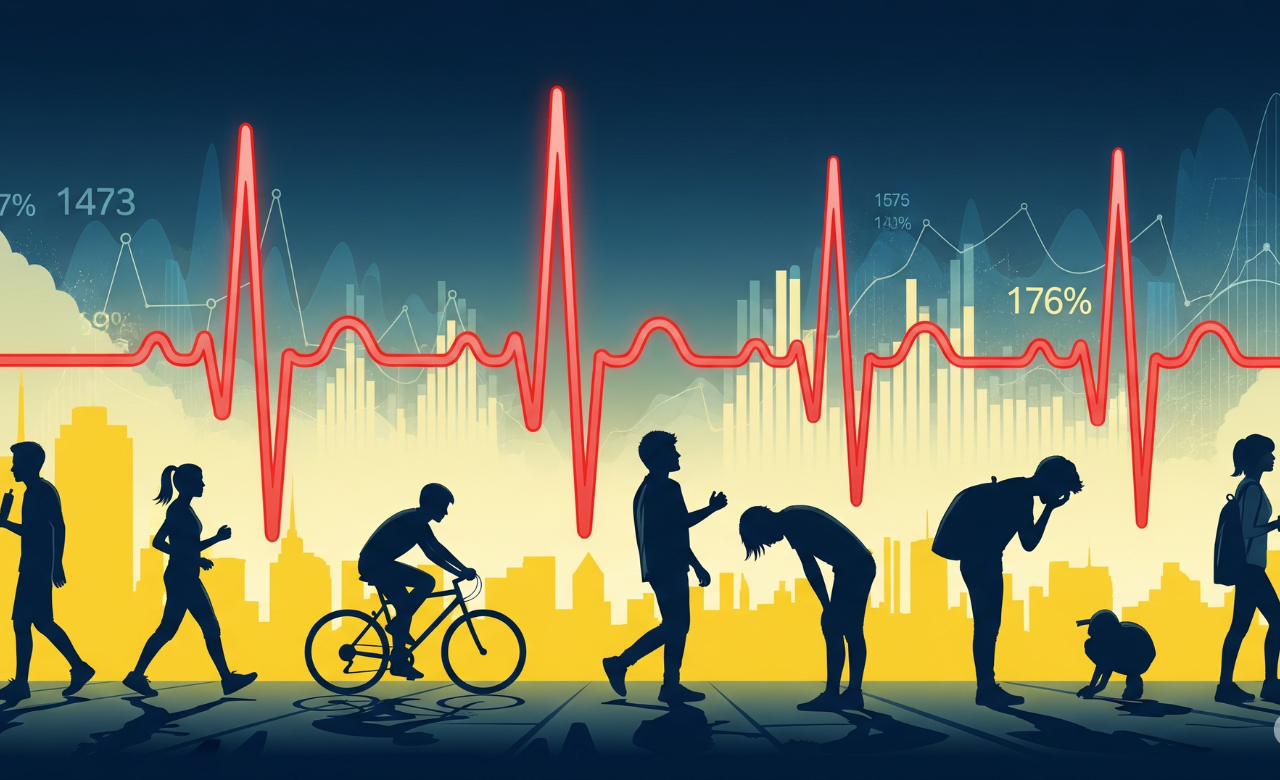American Millennials And Gen Z Are Dying Young: 62% Of Deaths Could Be Prevented In 2025

Credits: Health and me
SummaryMillennials and older Gen Z in the U.S. are dying at alarming rates, with 62% of deaths among 25–44-year-olds considered preventable compared to other wealthy nations.
End of Article
